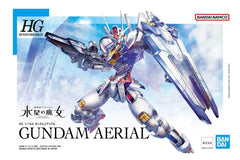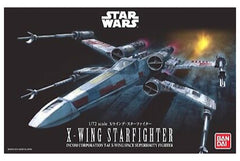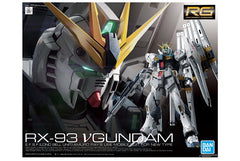Tamiya S.GL.Einheit Personen Kraft Wagon Horch 4x4 Type 1A 1:35
35052
- Description
Schwere Einheits PKW A.U. Horch types 1a and 1b:
As the Reichswehr of the 1920's was very much limited both in size and scope by the terms of the Versailles Treaty, and as the economic situation did not, in any case, allow lavish spending on equipment, most of the transport needs of the army were met by using adapted commercial vehicles. Most widely used of all vehicle types, because they were cheap and very mobile, were personnel carriers based on commercial car chassis fitted with a simple open body of the type known as the Kubelsitzer (literally "bucket-seater"). This type of vehicle, as the name implies, consisted of little more than the chassis and normal front end, as in the normal motor car, with sturdy metal backed seats secured to the chassis frames. Folding canvas screens took the place of doors, and there was a canvas cover, as in a sports car, to be erected in foul weather. Though cross-country performance was very limited, the style of the vehicle was something of a trend setter and small utility personnel carriers have since become common equipment in all armies.
To improve on cross country ability, these early "Kubelwagens" had large section tyres, strengthened springs, and lower axle ratios than their commercial equivalents. During the 1930's, this type of vehicle saw ever wider use with the German army and was one of its most characteristic and distinctive types. These "Kubelwagens" were used as light gun tractors, staff cars, radio cars, command cars, artillery survey vehicles, and signal line layers, as well as serving as personnel carriers for motorized units. Trials held in 1930 had established that the car chassis made by Daimler-Benz, Adler and Wanderer were the best, and these makes predominated in service.
From 1933, when the National Socialist took power and began overt re-armament of the German forces, there was an expansion on an increasing scale with mechanisation of the greatly enlaged army among priority schemes. At that time the various cars on adapted commercial chassis were categorised as follows: Leichte Personnenkraftwagen (light passenger car) approved makeup to 1500cc engine capacity. Mittlerer Personenkraftwagen (medium passenger car) approved make up to 3,000cc engine capacity. Schwerer Personenkraftwagen (heavy passenger car) approved make up to 3,000cc engine capacity.
The light passenger car types were each given a designation according to their intended purpose. Thus Kfz (kraftfahrzeug) 1 was the designation for the basic light personnel carrier; Kfz 2 designated a light signals car (Kraftkahrzeug motor vehicle). The medium vehicles were designated similaryly from Kfz 11 upwards according to function. In the heavy class only the Kfz 21 heavy cross country personnel carrier was produced, as this was the last type to be approved and ordered. It entered service in 1937 and was based on the Auto-Union/Horch EFm chassis, remaining in production until 1940 (after Austria was annexed, the Steyr 1500A was also built to this "heavy" requirement, however also designated Kfz 21). The Auto-Union/Horch EFm model had a V-8 80 hp engine and four wheel drive. Because of its length it had three rows of two seats, seating six men in all. Spare wheels were carried on the side panels flanking the first and second rows of seats. The ordinary commercial tourer car on which the military "kubelwagen" a senior officer's staff car. The Kfz 21 was described in German as the "Schwerer gelandegangiger personenkraftwagen (6-sitzer)" heavy cross country passenger car (6 seater). It had the normal sort of open Kubelsitzer body and a folding canvas top. Overall length was 15 ft 11 inches
Returns Policy
If you need to return an item, please contact us via email stating your order number and reason for return.
You may return most new, unopened items within 30 days of delivery for a full refund. We'll also pay the return shipping costs if the return is a result of our error (you received an incorrect item or defective item, etc).
You should expect to receive your refund within four weeks of giving your package to the return shipper, however, in many cases you will receive a refund more quickly. This time period includes the transit time for us to receive your return from the shipper (5 to 10 business days), the time it takes us to process your return once we receive it (3 to 5 business days), and the time it takes your bank to process our refund request (5 to 10 business days).
STANDARD SHIPPING IS FREE ON ORDERS OVER $150
All purchases are shipped within 2-3 business days of order purchase. We provide you with tracking details so you can follow the delivery of your parcel directly to your door. Please allow 4-5 business days for delivery from the date of dispatch.
ORDERS UNDER $150
Orders under $150 will occur an additional flat rate fee for shipping.
EXPRESS POST
Express Post can be arranged at an additional postage cost for any orders. Express Post is calculated based on size, weight and destination of your package. If you need to arrange Express Postage please contact us via email immediately after placing your order to request a quote. (Express Post is also through Australia Post so please check their conditions for delivery times on this service dependent on your area)









